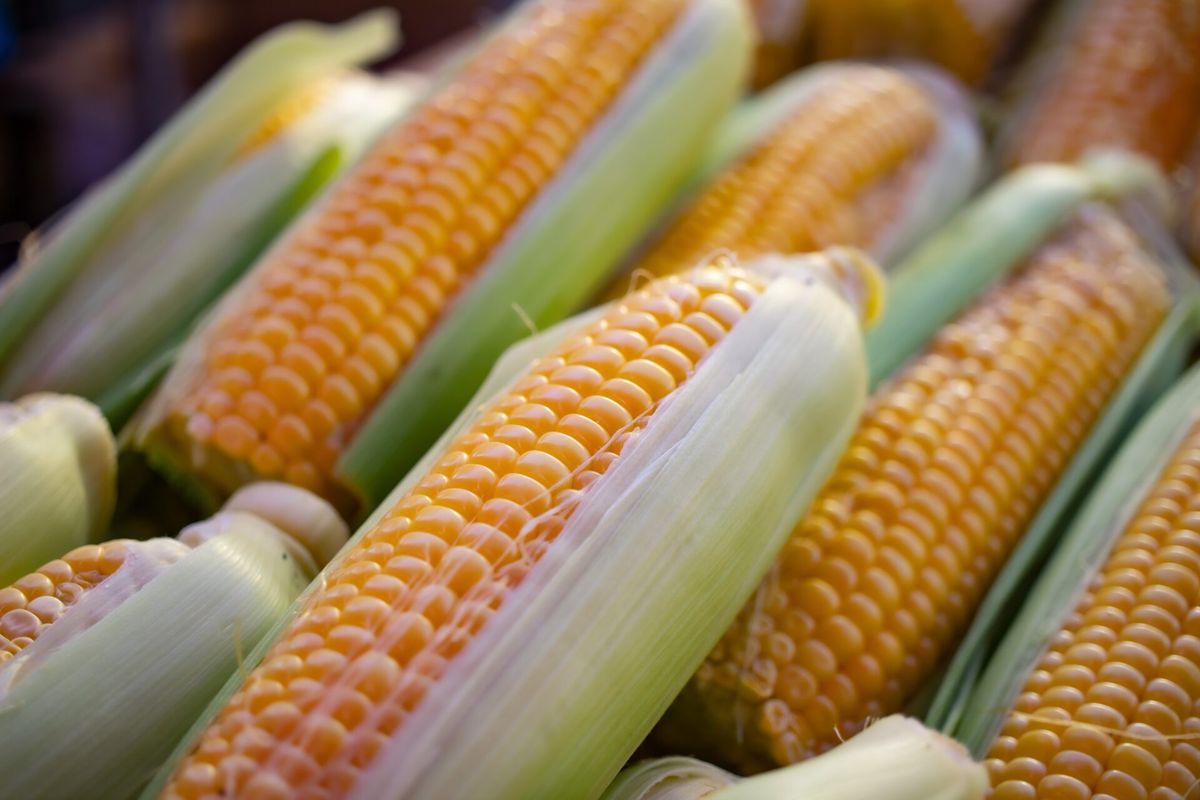Brazilian market will need better exchange rate and premiums of corn

With the beginning of the biggest harvest of the second crop of corn in Brazilian history, the movement of international prices, which form the Brazilian export price, arrived at the worst moment. It is true that the US crop is still open and that we still have sixty days to define it. However, the harvest is starting in Brazil, and the flow needs to advance. Without healthy prices at ports, the entire domestic market is under pressure to adjust to the export scenario. Weather in the United States, premiums, and exchange rate deserve all our attention going forward.
The Brazilian corn market has been suddenly impacted by the USDA report on acreage. The impact was reflected in a sharp decline in prices on the CBOT, bringing the September contract back to its low at USD 4.90 a bushel. Prices at Brazilian ports had been working around BRL 60/62 for shipments in the second half of the year. With the lows on the CBOT, the market seems not to have been able to reprice corn exports at the end of the week.
From a general point of view, the USDA numbers were not really predicted by any US company and, initially, they bring a strong impact that resets expectations. However, we still have weather and yield adjustments to determine whether the larger area alone will be enough to stabilize the US supply.
Meanwhile, Brazil needs to export corn to flow out the huge second crop that is being reaped. Internal demand has its strength and capacity to absorb part of this stronger harvest, which must be concentrated between July 15 and August 30 this year. And this export movement surprises initially. June must close with nearly 1.1 mln tons shipped, very close to 2022. July now has roughly 6 mln tons, which demonstrates a potential record for the month. Perhaps, the logistic congestion does not allow for the shipment of all this scheduled volume. However, the movement of corn allocation for exports is taking place, and we are moving toward a good alignment of volume this year. For now, the projection is 47 mln tons, with 11 mln already committed.
Besides almost 100 mln tons being reaped, we have a record crop of sorghum coming up which will also fill the gaps in domestic demand and compete with corn. For the domestic consumer market, the moment will be of stock replenishment, keeping a close eye on US weather conditions and the pace of Brazilian exports. For producers, unfortunately, there are few alternatives left in view of the difficulties of space for storage, and the options are to take advantage of prices for longer withdrawals and payments, after October, when the logistic situation must improve. If a positive factor does not appear to support prices on the CBOT in the coming few weeks, the market will have to rely heavily on some improvement in port premiums and some exchange rate recovery to inhibit further pressure on internal prices, at least at this height of the Brazilian harvest.
Read also
Wheat in Southern Brazil Impacted by Dry Weather and Frosts
Oilseed Industry. Leaders and Strategies in the Times of a Great Change
Black Sea & Danube Region: Oilseed and Vegoil Markets Within Ongoing Transfor...
Serbia. The drought will cause extremely high losses for farmers this year
2023/24 Safrinha Corn in Brazil 91% Harvested
Write to us
Our manager will contact you soon



